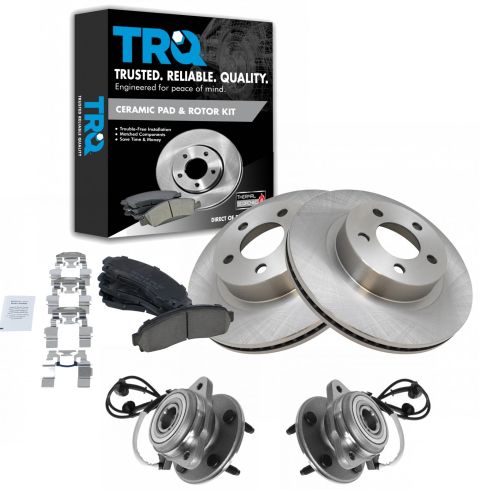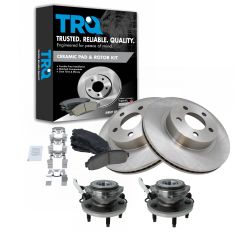1ABMS00102-2001-02 Ford Explorer Sport 4 Wheel Drive Front Ceramic Brake Pad & Rotor Kit with Wheel Bearings TRQ BKA52233

Replaces
2001 Ford Explorer Sport 4 Wheel Drive Front Ceramic Brake Pad & Rotor Kit with Wheel Bearings TRQ BKA52233

Product Reviews
Loading reviews
There are no reviews for this item.
Customer Q&A
Will it fit the rear-wheel explorer sport? The front hub has tappered bearings and rotates freely with no axle.
April 14, 2020
10
This set is only correct for the 4WD model. What year is your Ford Explorer Sport? We can check to see if we have them for 2WD. Thanks for the inquiry!
April 14, 2020
Andra M
10
its a 2001
April 26, 2020
T K
Ford is a registered trademark of Ford Motor Company. 1A Auto is not affiliated with or sponsored by Ford or Ford Motor Company.
See all trademarks.













